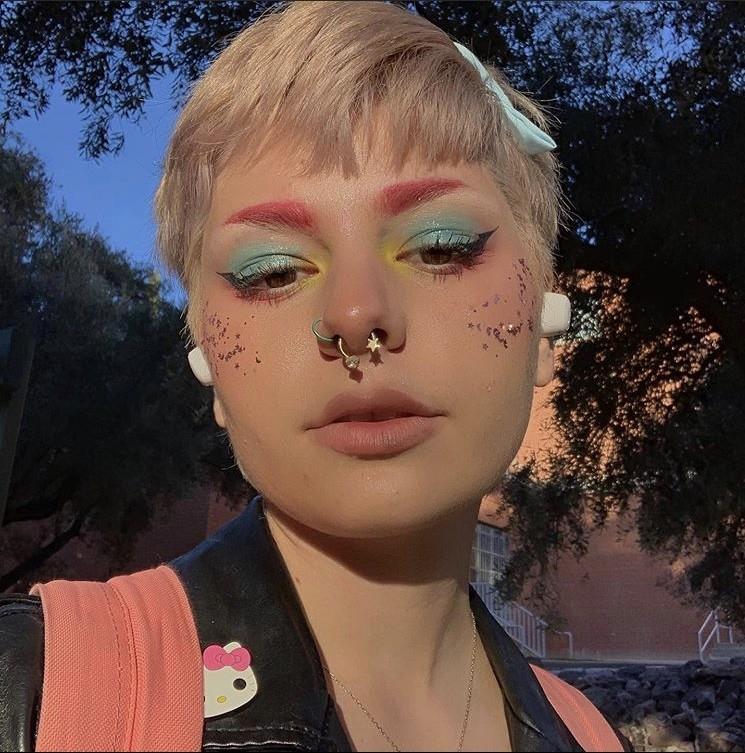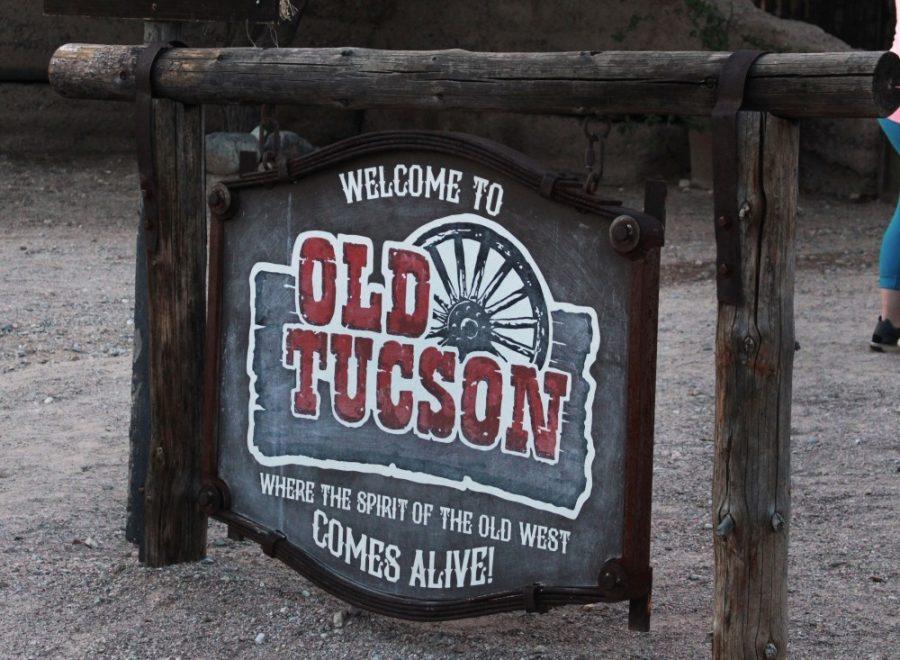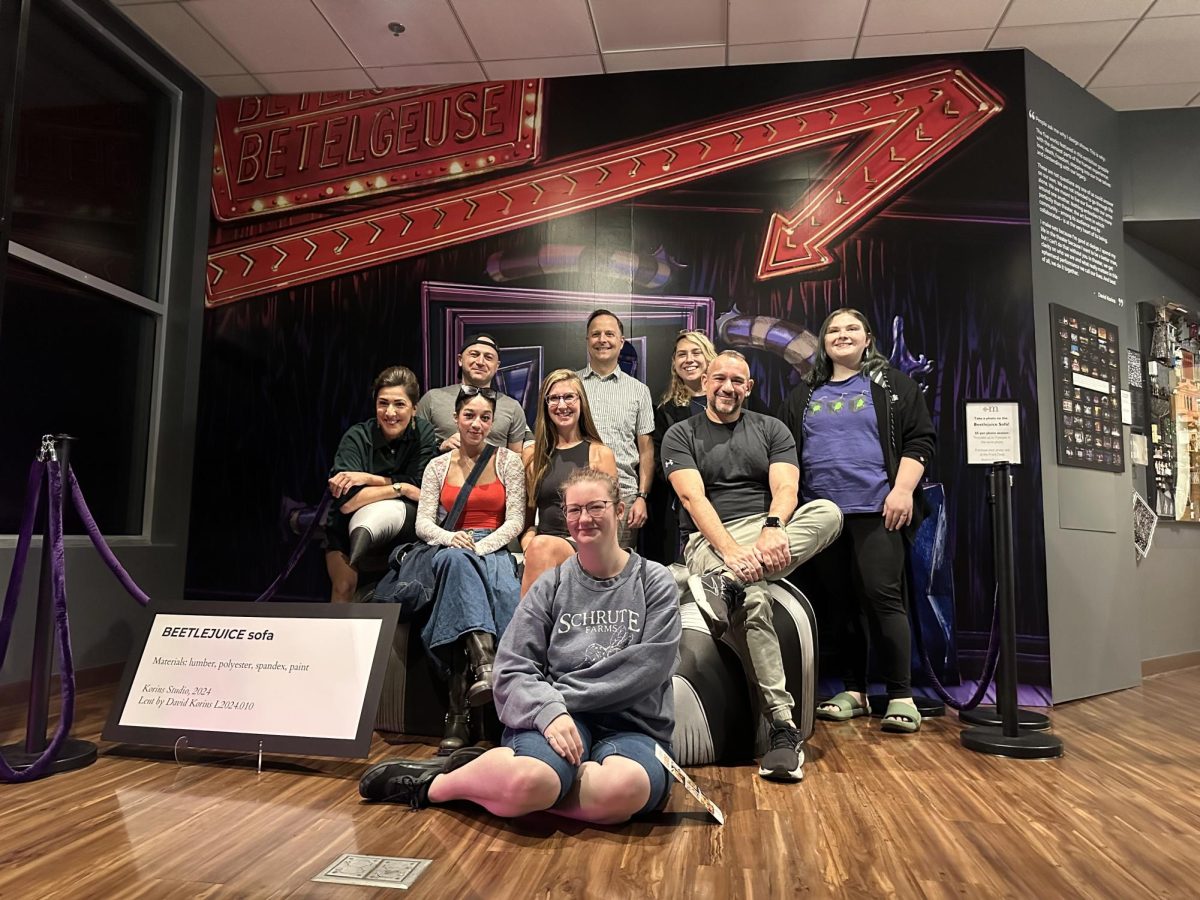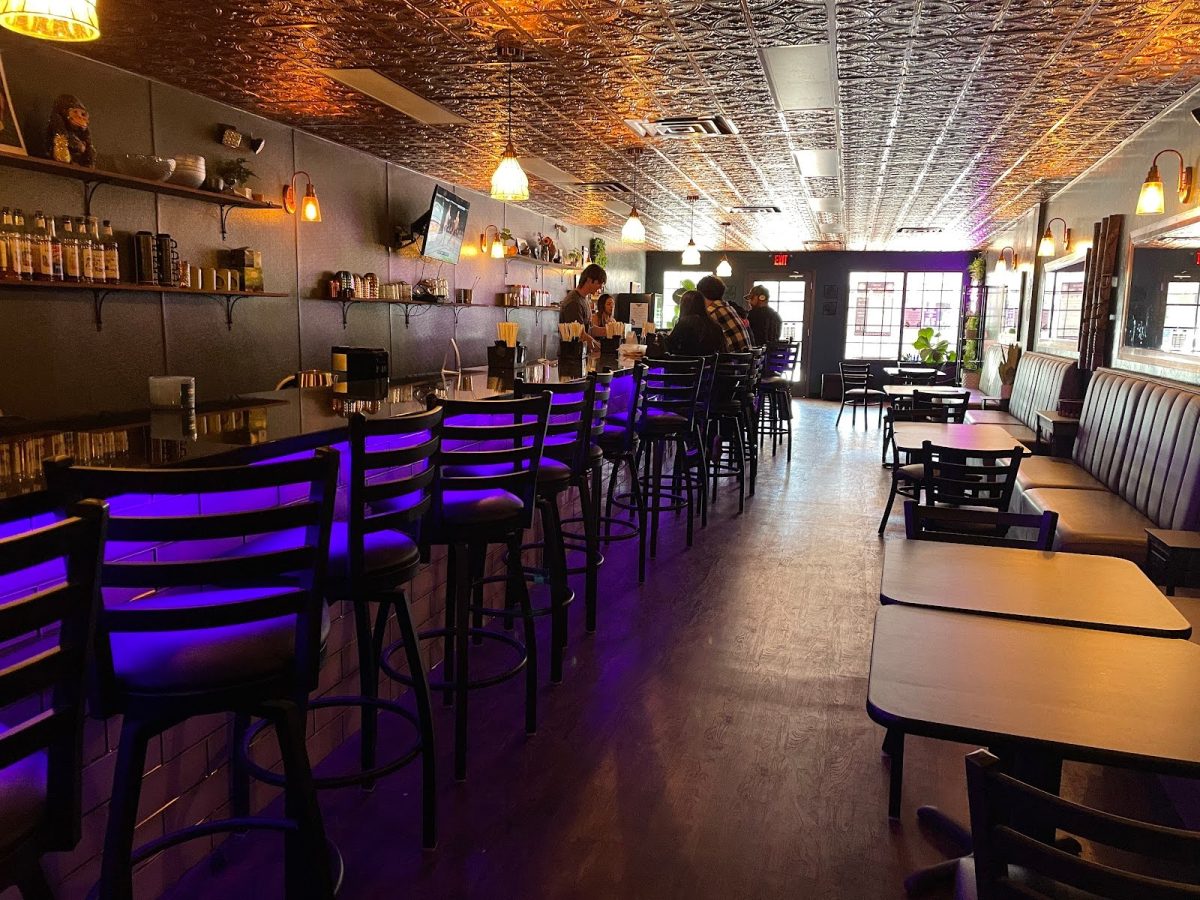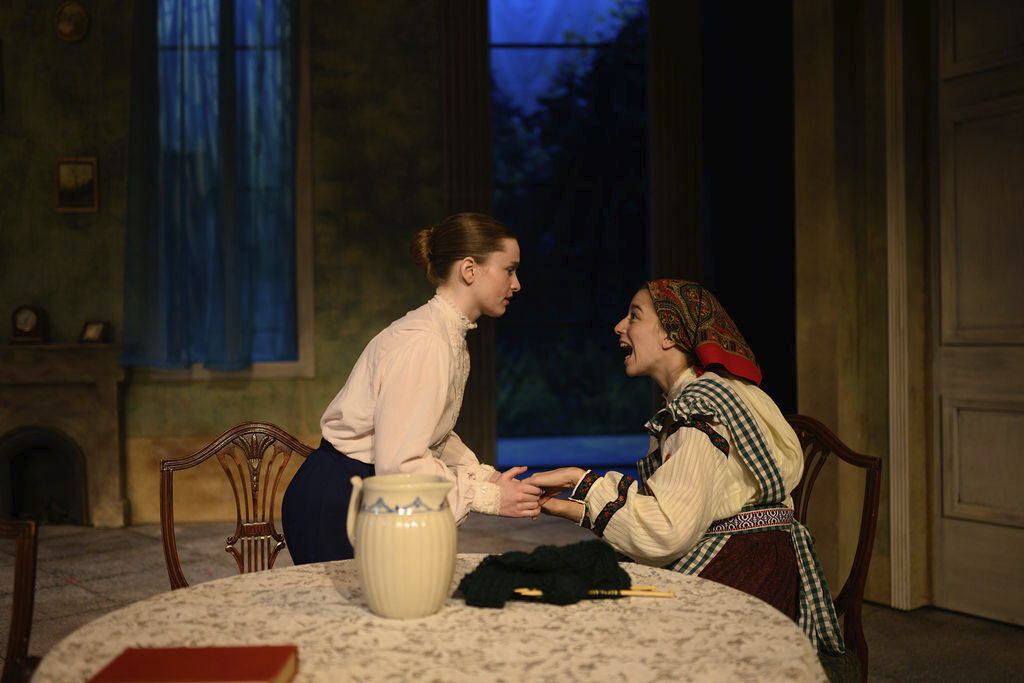In the wake of mass closures of art galleries and other artistic gathering places due to the coronavirus, student artists have to reevaluate their situations.
Selling art or performing at events and gatherings has become a less viable option. Similar to the way people in many other vocations had to change their style of working, creatives had to figure a way to keep working too.
For Echo Rigg, a University of Arizona student artist majoring in studio art, the closures downgraded her ability to learn in a studio environment
“Going into the second half of the semester, I was supposed to begin a sculpture/woodworking class, and a photography class,” Rigg said over email. “Without the resources provided in the physical classes, I am not getting half the experience I was supposed to. I am going from woodworking and learning how to work with good cameras to modeling clay and iPhone photos. My partner was supposed to show art in the BFA art show, which was cancelled.”
Despite this, Rigg’s biggest challenge was adjusting to the new reality of living. A reality that she escapes through her art.
“I feel like this outbreak has made me want to make more of my joyful escape art! I feel like people need the distraction of cute girls now more than ever honestly,” Rigg said over email. “Aside from that, it has taken away a good deal of motivation for me to put into my work.”
RELATED: How does COVID-19 manifest and what can you do if you begin to show symptoms?
Dakota Cepin, a digital artist and UA information science and e-society major, shared a similar sentiment about escapism through art.
“I made something specifically about the outbreak a couple of weeks ago, but other than that I’ve been mostly trying to keep as far away from it as possible,” Cepin said. “Just because it’s like I’m already thinking about it enough. I don’t want it to bleed into what I actually enjoy doing.”
However, for Cepin, who has a compromised immune system, this new reality was more familiar.
“When I get sick it’s usually similar. I had a back surgery a couple years ago, so that was kind of like this. I couldn’t do much other than be in my room and be in bed,” Cepin said.
Financially, Cepin relies solely on the income she receives from her art. To her surprise, she struggled less during the outbreak due to the increased amount of commissions she received.
“Ironically enough, [the amount of commissions] has gone up,” Cepin said.
Frank Heightchew-Howard, a drag performer and mixed media artist, said art was not an escape, but rather a means of exploration.
“The outbreak has absolutely affected my art. At the beginning of my isolation I was creating lots of soft pieces,” Heightchew-Howard said over email. “My art was an escape and was a juxtaposition of my head space. My art seems to now be shifting, I’ve begun using it more so as an exploration of my feelings and the world.”
Heightchew-Howard, who has previously helped host a workshop with the UA Institute for LGBT Studies called “Drag as Therapy,” relied heavily on art as a form of therapy during the outbreak.
RELATED: Q&A: We spoke with the student who created the petition to end the semester
“I’ve struggled a lot with thoughts about all the death in the world, and being isolated has made it worse. As a promise to a friend, today I’m starting an art diary,” Heightchew-Howard said over email. “I’m using my art not as a distraction but an outlet. I think this will be better for my mental health and make my art feel less meaningless.”
Heightchew-Howard still had a sense of optimism, despite their struggles.
“I am feeling a lot of love right now from my community, particularly artists who have been showing me support,” Heightchew-Howard said over email. “These are scary times and it’s hopeful that we can all organize despite this.”
Follow Ella McCarville on Twitter



